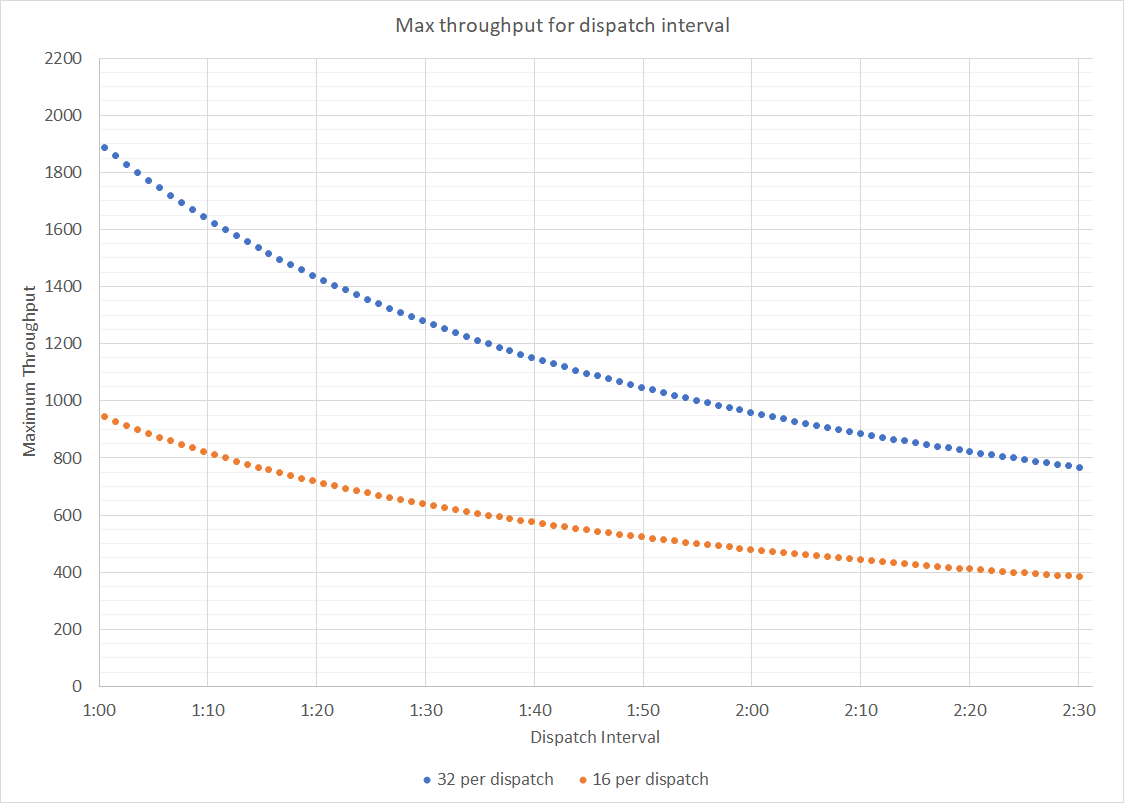Matt.GC
TS Member
Since Academies became a thing, this has been alot harder to guage. Although North Somerset in general broke up Friday, one Academy trust my younger 2 are under did this, my eldest sons school which is run by a South Bristolian trust have their final day today. Went to Woodlands yesterday in Devon, schools must have been still on down there as it was really quiet. Loads of families speaking with south east accents and very few local.


